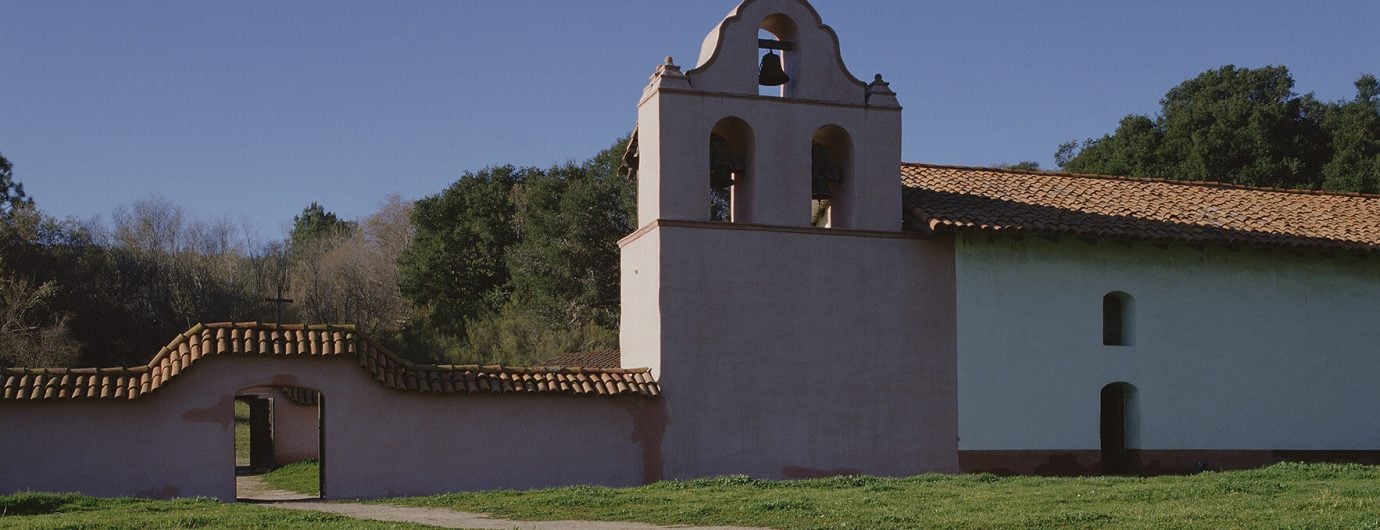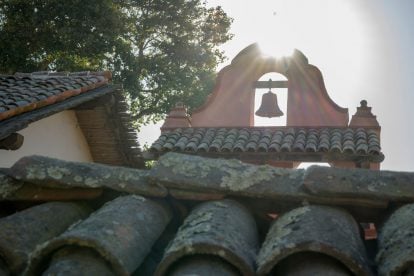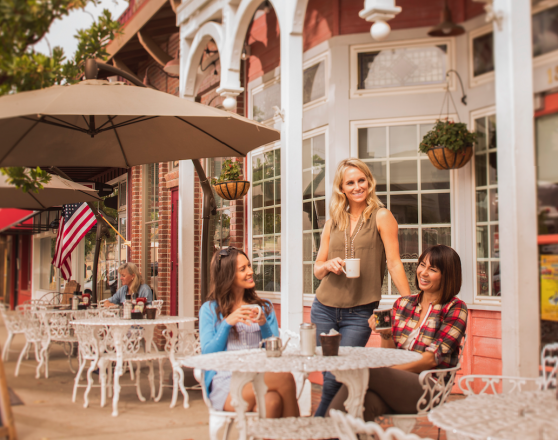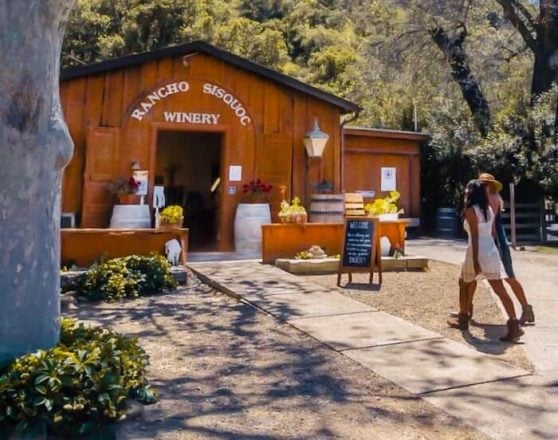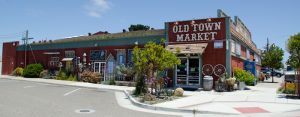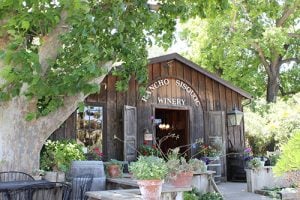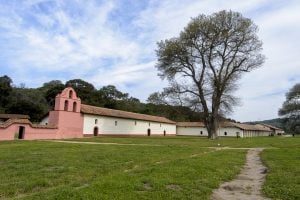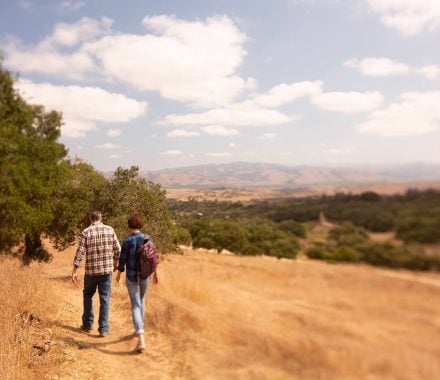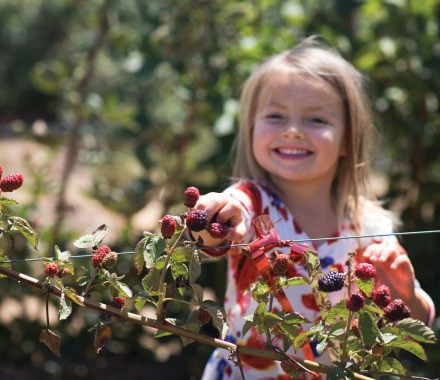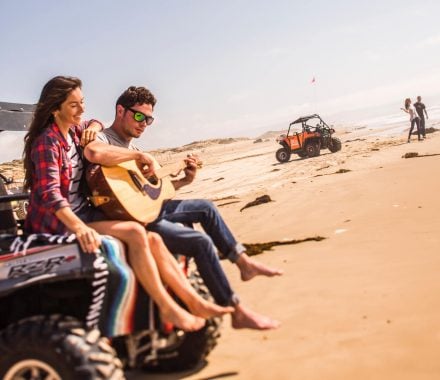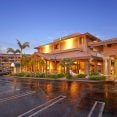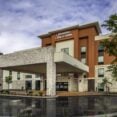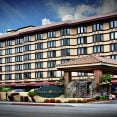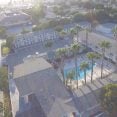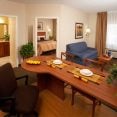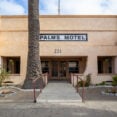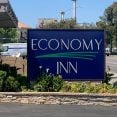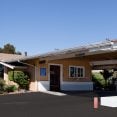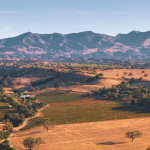Day One Itinerary
Guadalupe, California is a small city off Highway 1 in Santa Maria Valley with multiple locations to stop and engage in the culture and history of the area. But first, get some fresh air with an easy 1.7 mile hike at Oso Flaco Lake, where you can view native plants, birds and other native wildlife.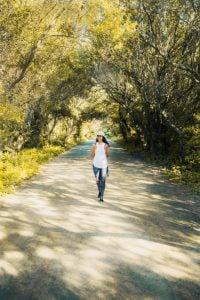
The hike is brief and takes you across a boardwalk, providing an easy way to enjoy the scenery. Then, stop by the Guadalupe-Nipomo Dunes Center. This small museum showcases pieces of history from the dunes, including artifacts from the 1923 movie, “The Ten Commandments,” which was filmed at the dunes. It is said that after the filming, the set was too expensive to move and too valuable for others to poach. So, director Cecil B. DeMille had 21 sphinxes pushed into a trench and buried them. And there they lay, forgotten, for the next 60 years. An entire sphinx head was excavated from the dunes and is now on display at the Dunes Center, along with other pieces from the film. Next door to the Dunes Center is the Guadalupe Cultural Arts & Education Center. Their mission is to provide educational cultural awareness of diverse community groups and ethnic ties through art.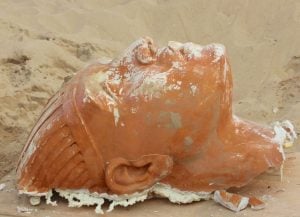
Next, you can quickly check out the original location of the original Far Western Tavern in the historic Palace Hotel building. There’s a great new (but temporary) mural painted on the side of the building that captures the soul of Guadalupe where you can pose for a picture. The Dunes Center has plans to move in to this space in the near future once renovations have been completed.
Finally, if you have time and the interest to stop, Guadalupe is also home to the oldest Buddhist temple in California at 1072 Olvera Street.
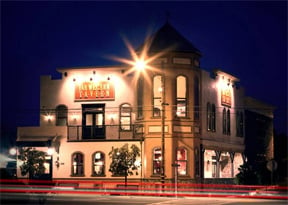 Head back toward town to explore Old Town Orcutt, which was founded as a boom town during an era of high oil production in the early 1900s. Today, Orcutt has antique charm and is home to many local shops, restaurants and tasting rooms. Make reservations for a traditional Santa Maria Style barbecue dinner at, Far Western Tavern. Santa Maria Style barbecue is a 150-year-old tradition in which tri-tip is seasoned with salt, pepper and garlic salt and grilled over red oak.
Head back toward town to explore Old Town Orcutt, which was founded as a boom town during an era of high oil production in the early 1900s. Today, Orcutt has antique charm and is home to many local shops, restaurants and tasting rooms. Make reservations for a traditional Santa Maria Style barbecue dinner at, Far Western Tavern. Santa Maria Style barbecue is a 150-year-old tradition in which tri-tip is seasoned with salt, pepper and garlic salt and grilled over red oak.
